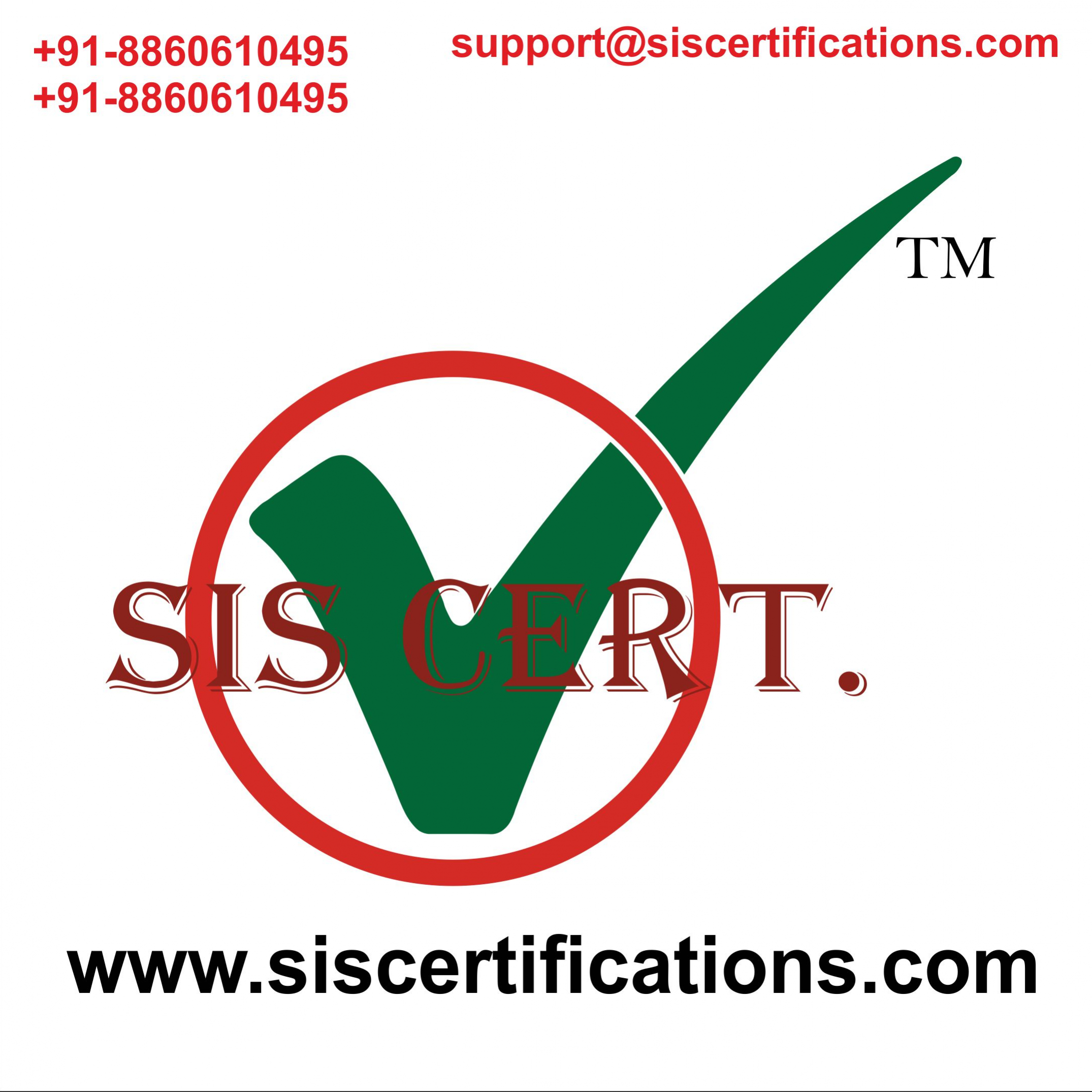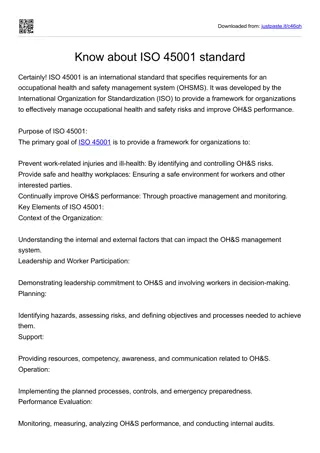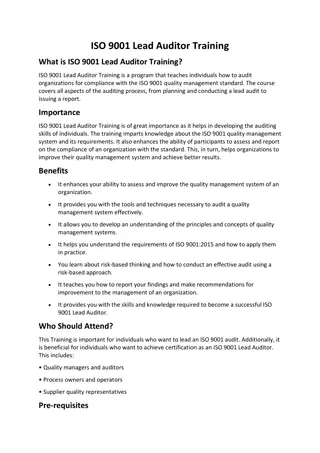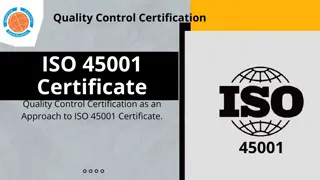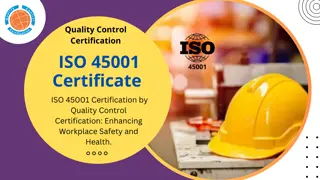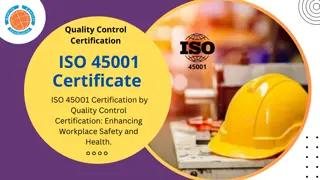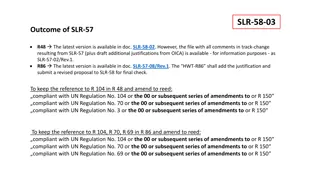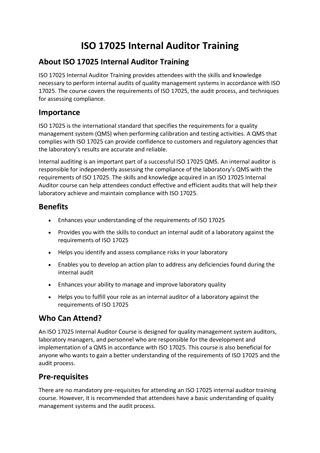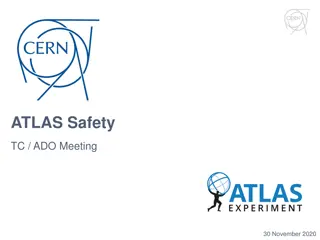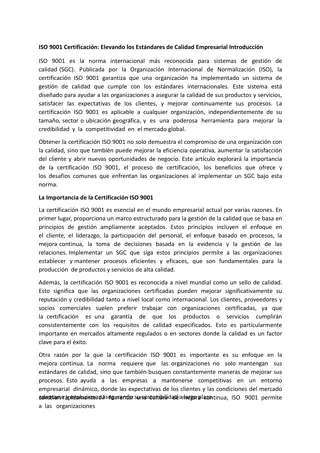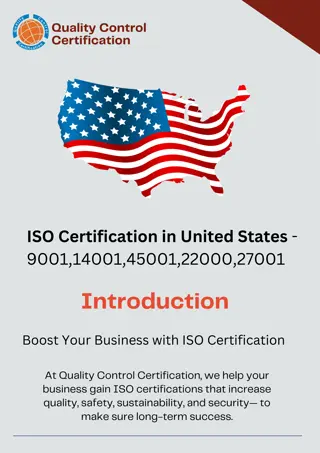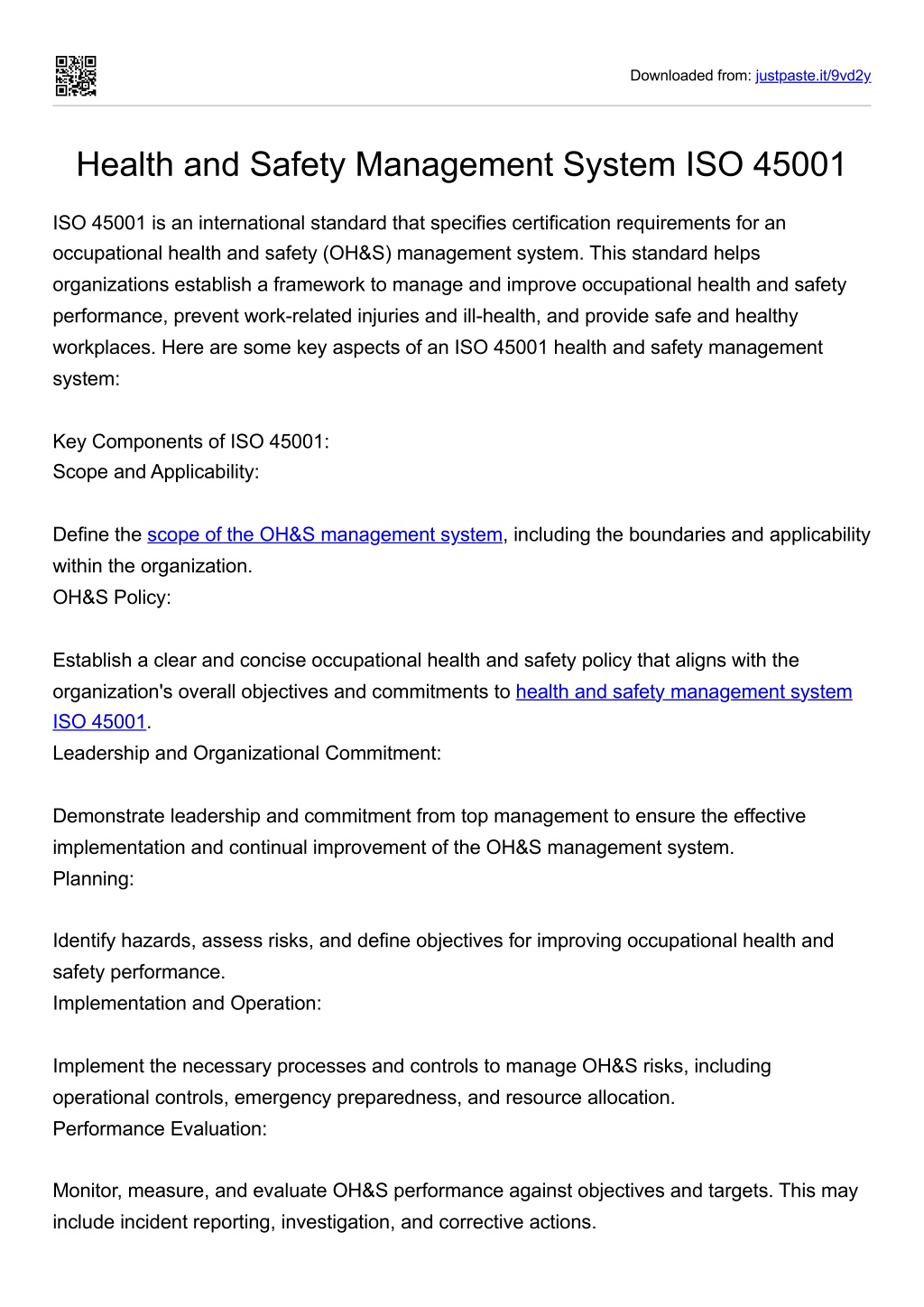
Health and Safety Management System ISO 45001
ISO 45001 is an international standard that specifies certification requirements for an occupational health and safety (OH&S) management system. n
Download Presentation

Please find below an Image/Link to download the presentation.
The content on the website is provided AS IS for your information and personal use only. It may not be sold, licensed, or shared on other websites without obtaining consent from the author. Download presentation by click this link. If you encounter any issues during the download, it is possible that the publisher has removed the file from their server.
E N D
Presentation Transcript
Downloaded from: justpaste.it/9vd2y Health and Safety Management System ISO 45001 ISO 45001 is an international standard that specifies certification requirements for an occupational health and safety (OH&S) management system. This standard helps organizations establish a framework to manage and improve occupational health and safety performance, prevent work-related injuries and ill-health, and provide safe and healthy workplaces. Here are some key aspects of an ISO 45001 health and safety management system: Key Components of ISO 45001: Scope and Applicability: Define the scope of the OH&S management system, including the boundaries and applicability within the organization. OH&S Policy: Establish a clear and concise occupational health and safety policy that aligns with the organization's overall objectives and commitments to health and safety management system ISO 45001. Leadership and Organizational Commitment: Demonstrate leadership and commitment from top management to ensure the effective implementation and continual improvement of the OH&S management system. Planning: Identify hazards, assess risks, and define objectives for improving occupational health and safety performance. Implementation and Operation: Implement the necessary processes and controls to manage OH&S risks, including operational controls, emergency preparedness, and resource allocation. Performance Evaluation: Monitor, measure, and evaluate OH&S performance against objectives and targets. This may include incident reporting, investigation, and corrective actions.
Continual Improvement: Establish mechanisms for continual improvement of the OH&S management system based on evaluation results, changes in internal and external factors, and lessons learned. Benefits of ISO 45001: Enhanced OH&S performance: Improved ability to identify and manage occupational health and safety risks. Legal compliance: Ensures compliance with relevant OH&S regulations and requirements. Improved employee engagement: Demonstrates organizational commitment to employee health and safety. Reduced workplace incidents: Leads to fewer accidents, injuries, and illnesses, resulting in lower costs and improved productivity. Certification Process: To achieve ISO 45001 certification with cost and process, organizations typically undergo the following steps: Gap Analysis: Assess current OH&S practices against ISO 45001 certification requirements. Implementation: Develop and implement necessary processes and controls. Internal Audit: Conduct internal audits to verify compliance and effectiveness. Management Review: Review the OH&S management system by top management. Certification Audit: An accredited certification body conducts an audit to assess compliance with ISO 45001. Continual Improvement: Maintain and continually improve the OH&S management system based on feedback and performance evaluation. Implementing ISO 45001 requires commitment from all levels of the organization and can lead to significant improvements in occupational health and safety performance.
